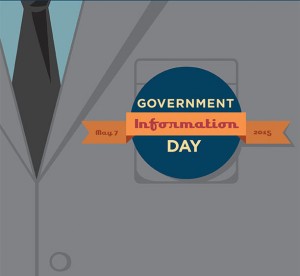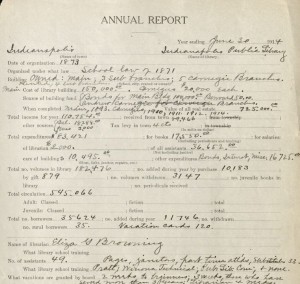PDO is in the process of creating a comprehensive map of library makers throughout the state of Indiana. It is no secret that many libraries in the state have already embraced maker culture. Unfortunately, there is currently no comprehensive list of these libraries in the state. Our goal for the map is to create a resource that will highlight libraries that have embraced maker culture, and to facilitate communication and resource sharing among libraries. The map will allow users to select specific institutions and learn about the resources and programs that they offer.
Map Key: Libraries with designated maker spaces are in red. Libraries with maker equipment are in dark grey
What is a makerspace?
A makerspace is a physical location where people gather to share resources and knowledge, work on projects, network, and build. Within libraries this can be anything from a digital creativity studio to an area that is designated for patrons to bring in their own projects to work on.
Who is a maker?
A maker can be anyone who demonstrates an interest in DIY culture. Although a lot of attention is given to makers who work with science, technology, engineering, or math; a maker can be anyone who embraces DIY culture as a hobby or a full-time job.
Why should libraries embrace maker culture?
- Heightened motivation and new forms of engagement through meaningful play and experimentation.
- Learning that feels relevant to patrons’ identities and interests.
- Opportunities for creating using a variety of media, tools, and practices.
- Co-configured expertise where educators and students pool their skills and knowledge and share in tasks of teaching and learning.
- An integrated system of learning where connections between home, school, community and world are enabled and encouraged.
In the future…
Later in the summer, PDO will open a survey to learn how libraries are embracing maker culture within their own organization. This survey will also help us to identify libraries with designated maker spaces as well as those libraries who are currently embracing maker culture and technologies. As we collect information on libraries who have embraced maker culture, we will add their location and offerings to the Maker map. The results of the survey and final version of the maker map will be released at the ILF annual in November.
This blog post was written by Amber Painter, Professional Development Librarian. For more information, contact the Professional Development Office at (317) 232-3697 or email statewideservices@library.in.gov.


 1914 Indianapolis Public Library Annual Report
1914 Indianapolis Public Library Annual Report